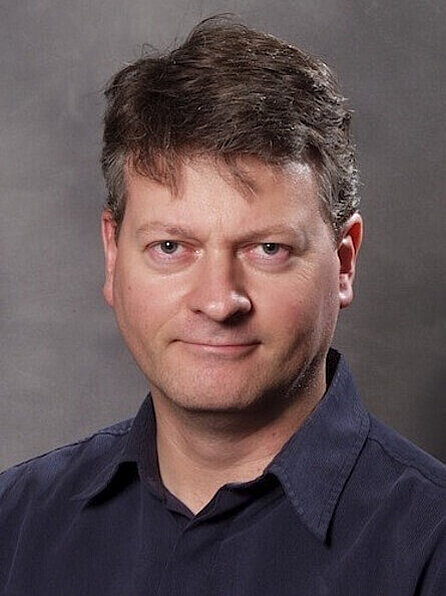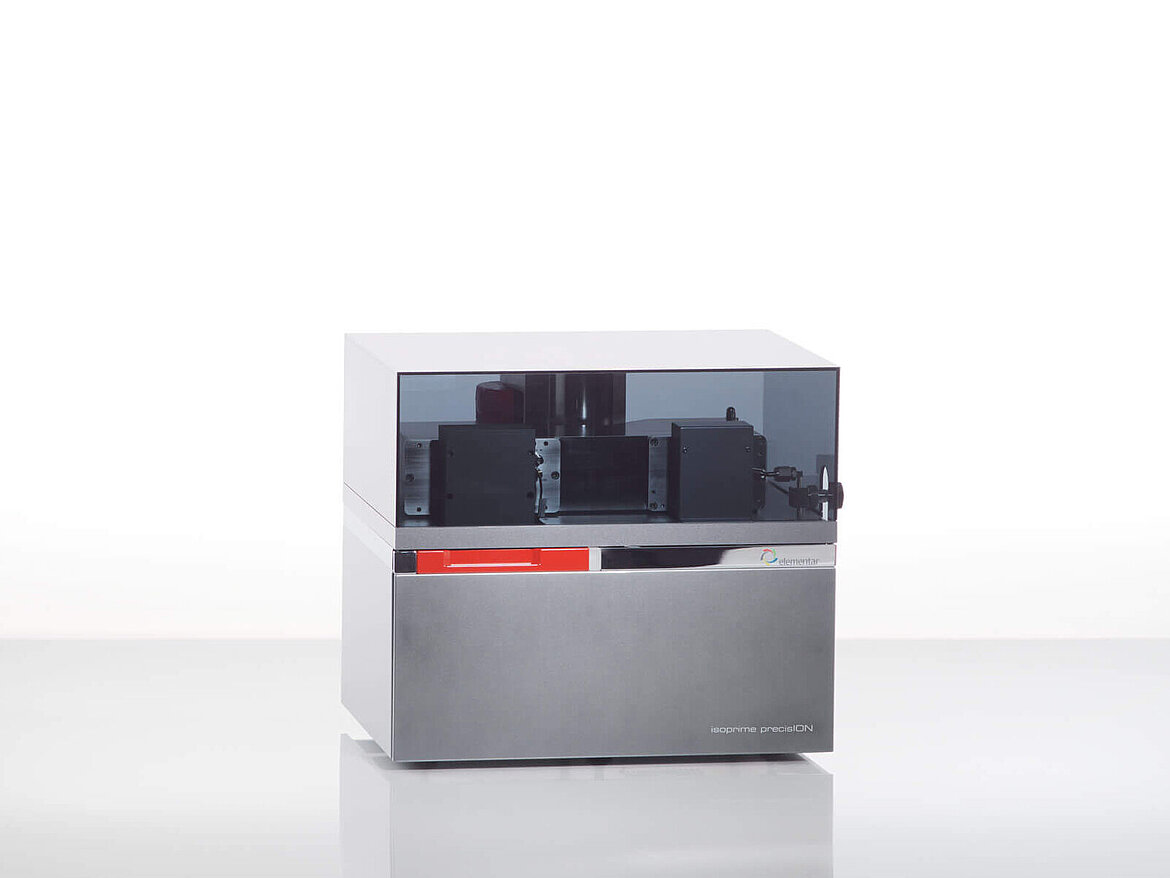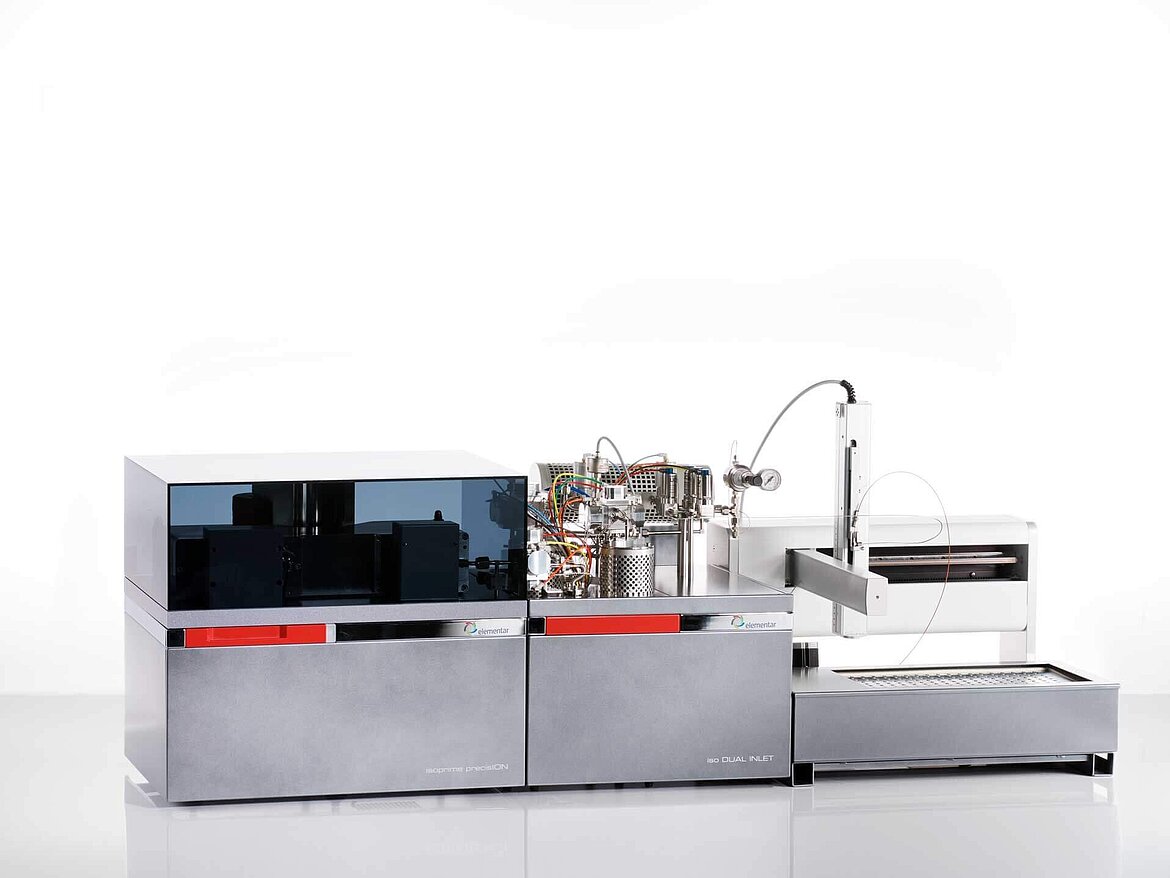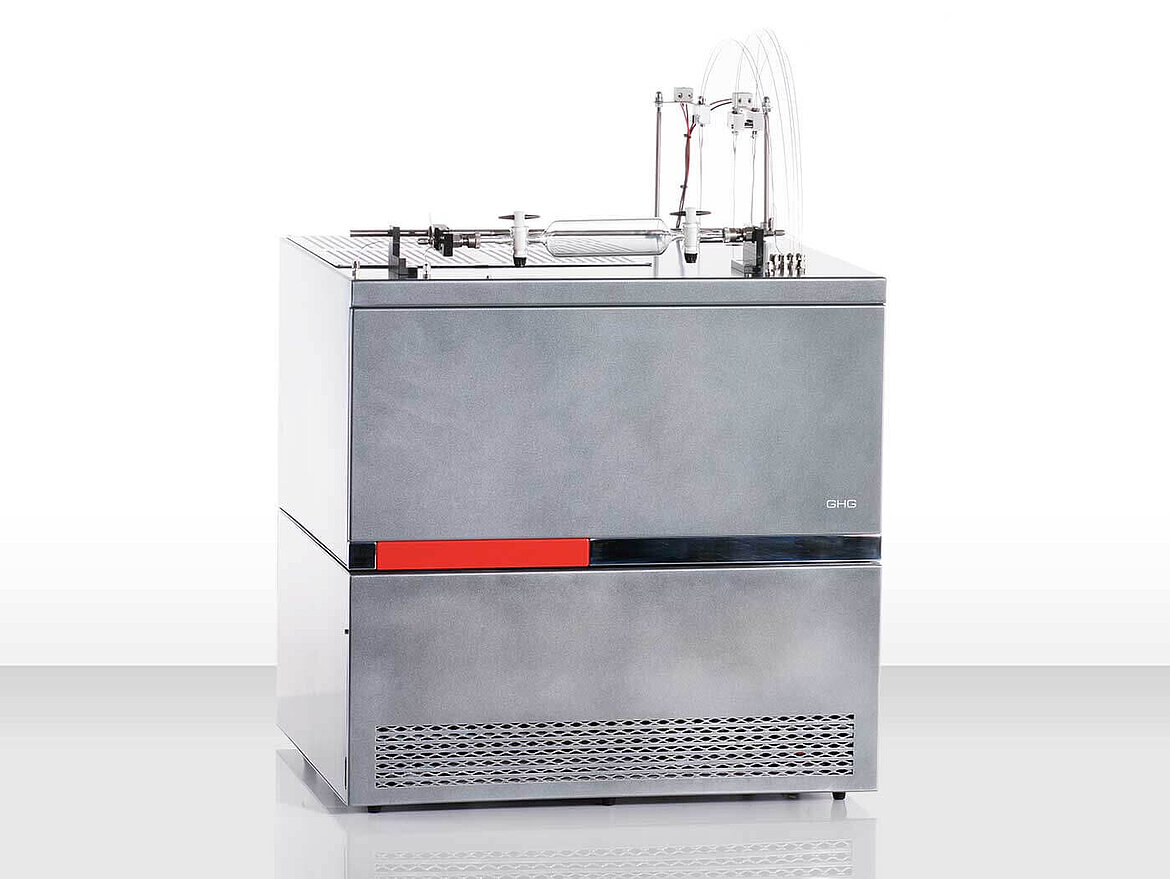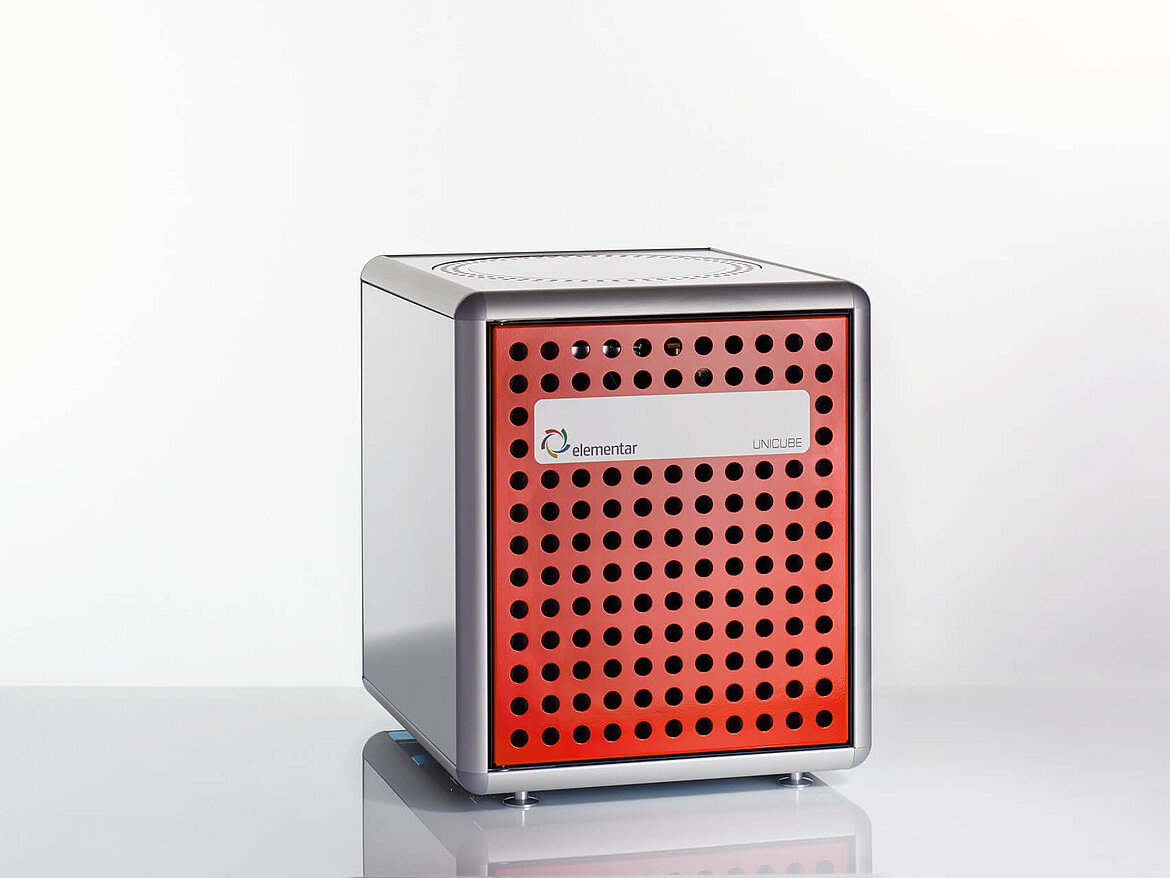Department of Earth Sciences @ Royal Holloway, University of London, United Kingdom
Dr David Lowry is a Senior Research Officer in the Department of Earth Sciences at Royal Holloway, University of London, with a background as a Stable Isotope Geochemist and whose main roles now are as Manager of the Greenhouse Gas and Stable Isotope Laboratories.
The Department of Earth Sciences currently uses five Elementar Isotope Ratio Mass Spectrometers; one is a dual inlet and the others are continuous flow. Three of the instruments are in the stable isotope laboratory, coupled with MultiFlow Geo carbonate prep systems and a vario MICRO cube elemental analyzer - the sucessor of the vario ISOTOPE select - while the laboratory also includes a micromill for sampling the growth bands of stalagmites for isotopic analyses. The greenhouse gas laboratory includes two specially adapted TraceGas Preconcentrator systems, which are used alongside other instruments to measure concentrations of atmospheric species, including CO2, CH4, CO, N2O, H2 and 222Rn.
The department purchased an Isoprime dual inlet system with carbonate prep system a few years ago as a direct replacement for a 1990 vintage VG Prism and Iso-carb prep system, and plans to purchase a high performance isoprime precisION IRMS system to extend the capabilities of the greenhouse gas lab in the near future.
Dr Lowry and his team make high-precision δ13C measurements of atmospheric methane using their specially adapted TraceGas Preconcentrator system to rapidly analyze thousands of bags of air each year from sampling sites all over the world. By providing isotopic measurements for some major EC and UK methane consortia over the past decade, including InGOS and MAMM, and the current Global Methane Budget Project (MOYA), Dr Lowry and his team are providing invaluable insights to our understanding of the contribution of methane to climate change.
The team has continually developed new techniques and applied these to a multitude of geological and atmospheric problems. These include a laser fluorination system for small sample oxygen isotope measurements in difficult matrices such as diamond inclusions and chromite deposits advancing the understanding of the composition of the Earth’s mantle. Other work has included sulfur isotope analysis using EA-IRMS to study black smokers and their role in the evolution of early life and more recently they have attempted to link greenhouse gas signatures in cave air with other speleothem work.
On his relationship with Elementar, Dr Lowry had this to say:
I've always used mass spectrometers from Elementar and its predecessors. I did my thesis isotope work at Scottish Universities Environment Research Centre (SUERC, UK) in the late 80s using VG602 and SIRA instruments, then moved to RHUL for postdoctoral research and used PRISM and then Optima IRMS instruments. Since 2000 we have gradually moved across to the bench top Isoprime instruments. When we set up the stable isotope facility in the greenhouse gas lab I went directly for what I was familiar with.
Any time that we have considered buying instruments from other companies there has always been something that made them seem to be more difficult to use and often some enticement from Isoprime to keep us on board, plus a reminder of the great working relationship that we have had with prep system development and testing over the last 25 years.
About the Department of Earth Sciences @ Royal Holloway, University of London
The Department of Earth Sciences is a world-class research centre that utilises modern facilities for research-informed teaching and has a high quality UK and European fieldwork programmes as part of the syllabus. The greenhouse gas facility is one of only a handful of laboratories worldwide that can achieve a precision of 0.05 ‰ for the d13C of atmospheric methane (although new laser-based isotopic analysers have come on to the market, these are struggling to get below the 0.2 ‰ barrier).
Instrumentation installed: | IsoPrime100 with Dual Inlet MultiCarb for analysis of 13C/12C and 18O/16O of single microfossils or micromilled speleotherm growth bands IsoPrime100 with specially adapted TraceGas Preconcentrator for high precision, high throughput 13C/12C analysis of atmospheric methane IsoPrime with specially adapted TraceGas Preconcentrator for high precision, high throughput 13C/12C analysis of atmospheric methane IsoPrime with MultiFlow Geo for continuous flow carbonate analysis IsoPrime with MultiFlow Geo for continuous flow water analysis and high temperature EA isoprime precisION with iso FLOW GHG equipped with an automated sample inlet system controlled by Novel Inlet Control Module (NICM) for the analysis of 2H in atmospheric methane |
Address: | Department of Earth Sciences Egham Hill Egham Surrey TW20 0EX United Kingdom |
Contact Details: | Email: D.Lowry@rhul.ac.uk Lab website: www.royalholloway.ac.uk |
Selected publications: |
|

